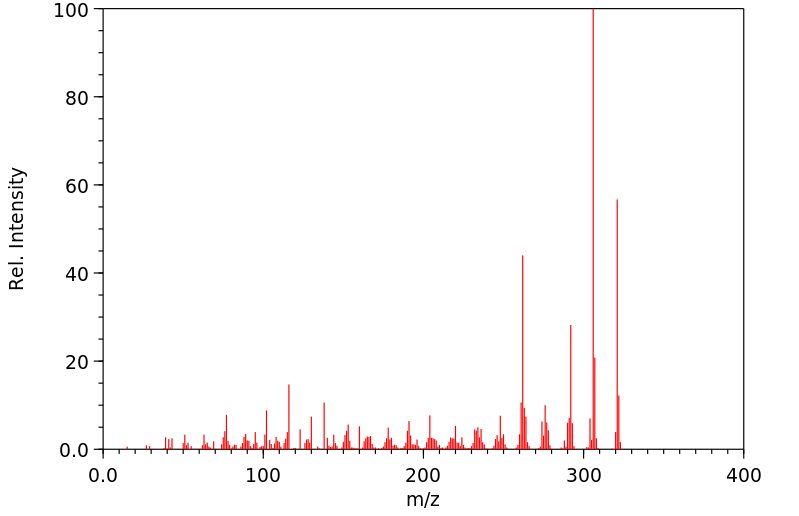毒理性
三种化疗药物,阿克伦尼克酸、博来霉素和阿糖胞苷,单独使用及与辐射联合使用对L细胞细胞周期进展和生存能力的影响进行了研究。从脉冲细胞光度计DNA分布模式中得出的G1、S和(G2 + M)期的细胞百分比随暴露时间记录下来。在用10微克/毫升阿克伦尼克酸处理24小时后,有46.4%的细胞积聚在(G2 + M)期,而对照组为12.1%。这种积聚通过接受150拉德X射线的辐射显著增强,导致63.1%的细胞停滞在这个阶段。在用100微克/毫升博来霉素处理24小时后,得到了类似的结果。单独化学处理后,有54.4%的细胞停滞在(G2 + M)期,而博来霉素和辐射联合治疗导致66.3%的细胞积聚在G2 + M期。0.2微克/毫升阿糖胞苷(Ara-C)处理24小时产生了一个可逆的S期阻滞,72.8%的细胞停滞,而对照组为27.4%。在联合治疗后,S期阻滞不太明显(51.1%)。文章还讨论了这些结果对联合治疗的某些启示。
The influence of three chemotherapeutic agents, acronycine, bleomycin and cytosine arabinoside, alone and combined with radiation, on cell cycle progression and viability of L-cells was examined. The percentages of cells in G1, S and (G2 + M)-phases as derived from pulse cytophotometric DNA distribution patterns were recorded as a function of exposure time. After 24-h treatment with 10 microgram/ml acronycine, 46.4% of cells were accumulated in (G2 + M)-phase compared to 12.1% in the controls. This accumulation was significantly enhanced by an irradiation with 150 rads of X-rays resulting in arresting 63.1% of cells in this phase. Similar findings were obtained after a 24-h treatment with 100 microgram/ml bleomycin. 54.4% of cells were arrested in (G2 + M)-phase by the chemical treatment alone, while the combined treatment, bleomycin and radiation, yielded an accumulation of 66.3% of cells in G2 + M. A 24-h exposure to 0.2 microgram/ml cytosine arabinoside (Ara-C) produced a reversible block of 72.8% of cells in S phase compared to 27.4% in the control cultures. This S block was less pronounced after the combined treatment (51.1%). Some implications of the results for combined therapy are discussed.
来源:Hazardous Substances Data Bank (HSDB)







